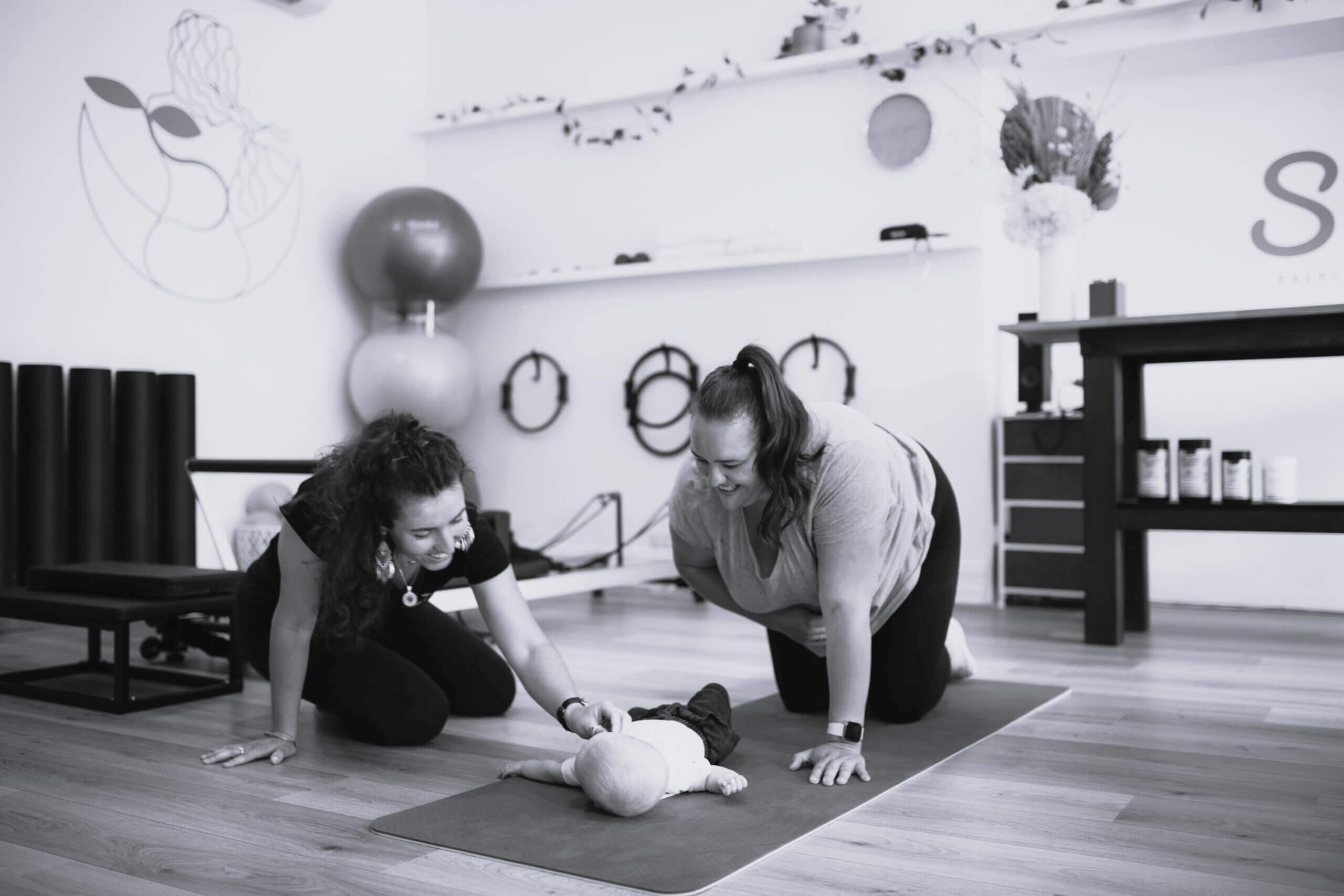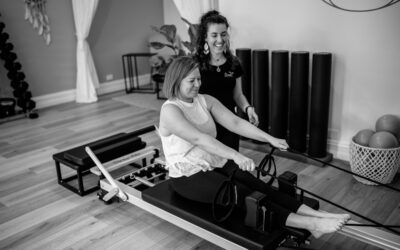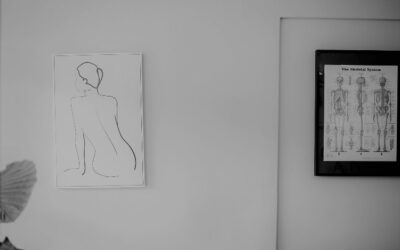When it comes to pregnancy and exercise, everyone has their own opinion on what a pregnant woman should or shouldn’t be doing! Many pregnant women are advised to “rest up” or “avoid movement”, and many even assume their options are very limited to gentle yoga, Pilates or hydrotherapy. Rumours often petrify a newly pregnant mum as to what they can and can’t do, disrupting their usual exercise routine, and avoiding safe exercises for the entirety of their pregnancy because someone once said it could be dangerous for the baby. Therefore, returning to exercise postpartum can be daunting for most women – “don’t lift anything heavier than your baby”, “avoid movement for the first 6 weeks!” Whilst this may be true for some new mothers, each case and physical ability is different.
So, who do we believe? Accredited Exercise Physiologists (AEP’s) like us here at Seed, are university qualified health professionals, who specialise in designing safe and effective exercise. At Seed Exercise Physiology, our services are specialised for women, pregnant or postpartum. We assist in rehabilitation specific to the individual mother. We cover a range of conditions including Diastasis Recti Abdominus (DRAM) involving the separation of abdominal muscles during the growth of the pregnancy, pelvic organ prolapse or weak pelvic floor, a common condition seen in postnatal women, and overall weakness and loss of muscle strength as you care for your new baby.
Regular physical activity promotes many health benefits at any stage of life, which is the same, if not more so during pregnancy and postpartum! Exercise during pregnancy has many benefits and little risk, with some modifications necessary to adapt to the changing uterus size as the baby grows and adapting to medical complications along the way. Regular physical activity during pregnancy can assist with weight management, reduce the risk of gestational diabetes, enhance psychological well-being, and minimise potential perinatal complications for mother and baby.
Each trimester may be different so we suggest gaining professional advice on what may be best for your needs. We know exercise is medicine and is safe during pregnancy and supported by research. If you are new to exercise and this is your first time being pregnant, just start slowly and gradually progress until you are achieving 150-300 minutes of moderate intensity physical activity (an intensity where you can maintain a conversation). If you are newly pregnant, experiencing morning sickness, have pre-eclampsia, or other medical complications, it may be different or more difficult to achieve those recommended guidelines of physical activity. In this case, it may be beneficial to speak to AEP so they can design a safe exercise program specific to you! Regular exercise before and during pregnancy, especially in the first trimester, may have a protective effect and reduce the risk of gestational diabetes.
After 28 weeks, your AEP should be modifying your program to avoid supine exercises (laying on your back) and some Pilates exercises. This semester should be focused on resistance training and walking predominantly. This phase may commence earlier for some women. Special attention should be paid to pelvic floor exercises daily, strengthening the fascia, ligaments, and muscles that make up the pelvic floor to support the growing uterus is key in this phase of pregnancy, and specialist assistance to help cue the correct techniques of pelvic floor activation is very important!
In the final trimester, it is safe to focus on pelvic stability exercises and one can achieve this by swimming, walking, Pilates, or some weighted exercises. At this stage of pregnancy, it may be advised to avoid running or high impact sports as the pelvic floor muscles, fascia, and ligaments surrounding the area become lax and are working to support the large uterus, and adding additional downward pressure can make it more difficult for the pelvic floor muscles.
Although exercise and physical activity is vital throughout pregnancy, it’s important to listen to your body and if any of the following are experienced, medical advice should be immediately sought:
- Persistent excessive shortness of breath that does not resolve with rest
- Severe chest pain
- Vaginal bleeding
- Persistent loss of fluid from the vagina
It is also important to avoid exercising in extreme heat to prevent dehydration and increasing blood viscosity. Avoiding high impact sports or exercise to avoid falling and causing impact to the abdominal region, and taking a rain-check on skydiving or deep-water diving as the change in air or water pressures can impact the growing foetus.
Postpartum
Again, many myths and rumours advise women not to return to movement after 6 weeks postpartum and while this may be true in some more complicated cases, this is again not a one size fits all approach. For most new mothers, this looks like low-impact, rehabilitative exercises as the body is still healing which can take up to 12 months post birth! This is a conversation that is important to have with your exercise physiologist as depending on your delivery method, with any perineal tearing, forceps use or c-section, new mothers require different approaches to exercise.
This is also such a push for new mums to “return to pre-baby body,” which is slowly but surely being phased-out (about time!). Amongst this pressure, new mums are also trying to deal with other possible birthing changes, plus caring for a newborn – no one person can be expected to combat all those factors at the same time! So be gentle with yourself and seek advice and support where you need it.
For more information and individual advice, just tap the ‘contact us’ button and we are here to help!




